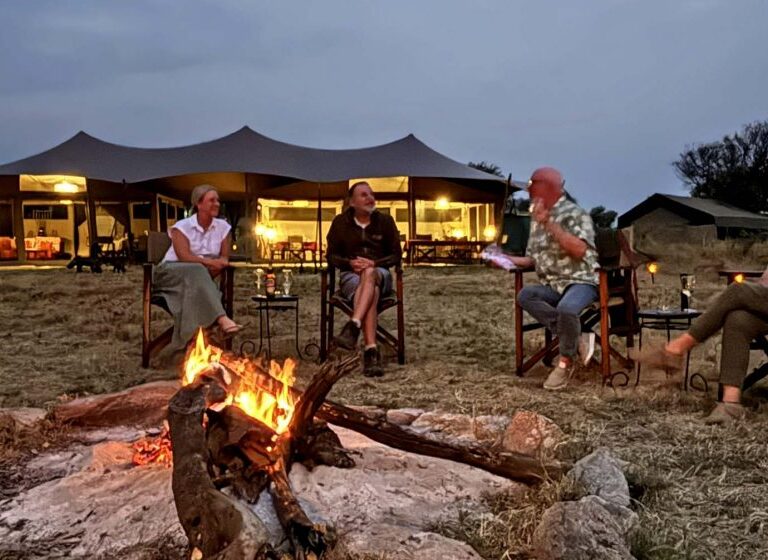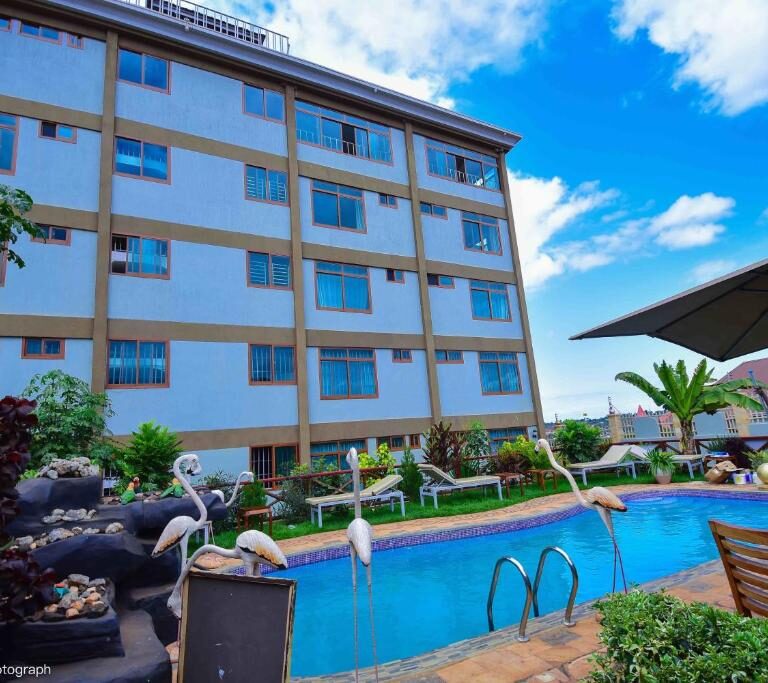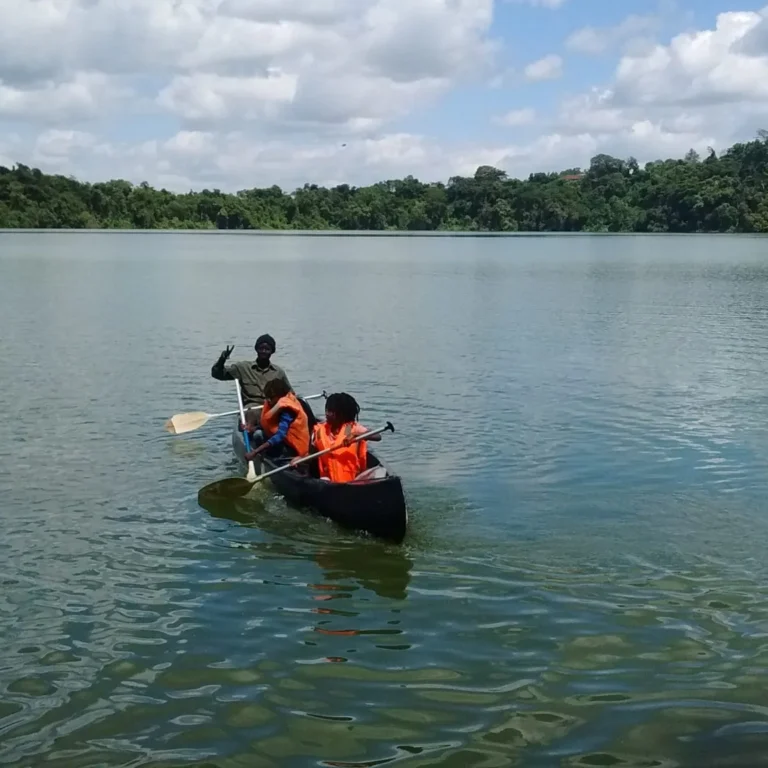Kilimanjaro Glaciers: Insights into Their Disappearance.
The Frozen Crown: Understanding Mount Kilimanjaro’s Snow, Glaciers, and Ice Cap. Mount Kilimanjaro, the tallest peak in Africa, is renowned for its towering presence and iconic snow-capped summit. Despite its equatorial location, Kilimanjaro boasts permanent glaciers and an expansive ice cap—a phenomenon that defies the region’s tropical climate. In this article, we delve into the geological, climatological, and environmental factors contributing to Kilimanjaro’s frozen crown, exploring the reasons behind its snow, glaciers, and ice cap.
However, the high altitude of the summit ensures temperatures remain low enough for snow to persist and gradually turn into ice. While these natural processes that have sustained Kilimanjaro’s ice cap for millennia, the glaciers have been noticeably retreating over the past century.
Geological Formation of Mount Kilimanjaro:
Mount Kilimanjaro is a stratovolcano formed through successive eruptions of lava, ash, and volcanic debris over millions of years. The mountain’s formation began during the late Pliocene epoch and continued into the Pleistocene epoch. Characterized by extensive volcanic activity in East Africa. Kilimanjaro’s distinct profile comprises three volcanic cones: Kibo, Mawenzi, and Shira, with Kibo being the highest and most prominent peak.
Kilimanjaro’s glaciers are disappearing rapidly. The Melting Glaciers of Kilimanjaro. This is due to warmer, drier conditions resulting in the glaciers, which are literally drying out or ‘sublimating’ (solid ice evaporating straight to gas). Kilimanjaro Glaciers – Explore The Beauty And Vulnerability. Kilimanjaro Glaciers Exploring the Mystique of Kilimanjaro.
Climatic Influence:
Despite its proximity to the equator, Mount Kilimanjaro’s summit experiences a unique microclimate characterized by frigid temperatures and occasional snowfall. The mountain’s elevation, exceeding 5,800 meters (19,000 feet) above sea level, plays a crucial role in shaping its climate. As air rises along the slopes of Kilimanjaro, it undergoes adiabatic cooling. Leading to a decrease in temperature and the formation of clouds. These clouds contribute to precipitation, including snow and ice, which accumulate on the summit and upper slopes of the mountain.
Glacial History:
The presence of glaciers on Mount Kilimanjaro dates back thousands of years, with evidence suggesting that the mountain was once entirely glaciated during the last glacial maximum around 20,000 years ago. Over time, as global temperatures warmed, Kilimanjaro’s glaciers began to retreat, leaving behind remnants of their former extent. Today, Kilimanjaro’s glaciers occupy less than 15% of their estimated area from a century ago, illustrating the profound impact of climate change on these fragile ice formations.
Factors Contributing to Glacial Retreat:
Several factors contribute to the ongoing retreat of glaciers on Mount Kilimanjaro, including:
Climate Change: The primary driver of glacial retreat on Kilimanjaro is anthropogenic climate change. Rising temperatures have led to increased melting of the ice and snow on the mountain’s summit and upper slopes. Temperature records show a consistent warming trend in the region, accelerating the loss of glacial ice over the past century.
Deforestation: Deforestation in the surrounding areas of Kilimanjaro has altered local weather patterns and reduced cloud cover. Leading to decreased precipitation on the mountain. Forests play a vital role in regulating regional climate and moisture levels. And their loss has exacerbated the impact of climate change on Kilimanjaro’s icecap.
Black Carbon Deposition: The deposition of black carbon particles on the surface of glaciers. Accelerates their melting by reducing the reflectivity of the ice and absorbing more solar radiation. Black carbon, primarily emitted through the combustion of fossil fuels and biomass. Settles on the snow and ice, hastening their demise.
Sublimation: Sublimation, the process by which ice directly transitions into water vapor without melting, also contributes to glacial retreat on Kilimanjaro. Dry, windy conditions prevalent on the mountain’s summit facilitate sublimation, causing ice to evaporate without passing through a liquid phase.
Impacts of Glacial Retreat:
The retreat of glaciers on Mount Kilimanjaro has far-reaching ecological, hydrological, and socioeconomic consequences, including:
Water Resources: Kilimanjaro’s icecap serve as a vital water source for local communities. Supplying rivers and streams that sustain agriculture, wildlife, and human populations downstream. The loss of glacial ice diminishes this water supply. Posing challenges for communities reliant on these resources for their daily life.
Biodiversity: Kilimanjaro’s unique ecosystems, including montane forests and alpine meadows. Are home to a diverse array of plant and animal species. Glacial retreat alters these ecosystems, disrupting habitat availability and species distribution. Endemic species adapted to cold, high-altitude environments face increased risk of extinction as their habitat diminishes.
Tourism: Mount Kilimanjaro attracts thousands of hikers and tourists annually. Drawn by the allure of summiting Africa’s highest peak and experiencing its nice landscapes. The loss of icecap diminishes the scenic beauty and ecological significance of the mountain. Impacting tourism revenue and local economies dependent on outdoor recreation and services.
Conservation Efforts and Mitigation Strategies:
Efforts to mitigate the impacts of glacial retreat on Mount Kilimanjaro include:
Reforestation: Initiatives to restore and protect forested areas surrounding Kilimanjaro aim to preserve critical habitat. Regulate local climate patterns, and enhance water retention in the soil. Reforestation projects involve planting native tree species, implementing sustainable land management practices. And raising awareness about the importance of forest conservation.
Renewable Energy Adoption: Transitioning to renewable energy sources. Such as solar and wind power, reduces carbon emissions and mitigates the drivers of climate change contributing to glacial retreat on Kilimanjaro. Renewable energy initiatives promote sustainable development and lessen the reliance on fossil fuels. Thereby reducing the environmental impact on the mountain’s ecosystems.
Sustainable Tourism Practices: Promoting sustainable tourism practices. Such as responsible waste management, low-impact trekking routes. And community-based tourism initiatives, minimizes the ecological footprint of tourism activities on Mount Kilimanjaro. Sustainable tourism supports local livelihoods, fosters conservation awareness. And ensures the long-term viability of tourism as an economic driver in the region.
Why does Mount Kilimanjaro have snow and ice despite being near the equator?
Mount Kilimanjaro’s high elevation, exceeding 5,800 meters (19,000 feet) above sea level. Contributes to its unique microclimate, which experiences colder temperatures and occasional snowfall despite its equatorial location.
How were the glaciers and ice cap formed on Mount Kilimanjaro?
The glaciers and ice cap on Kilimanjaro were formed through a combination of historical climate conditions. Including periods of glaciation during the last ice age, and ongoing accumulation of snow and ice over thousands of years.
What factors contribute to the ongoing presence of snow, glaciers, and an ice cap on Kilimanjaro?
The primary factors contributing to Kilimanjaro’s snow, glaciers. And ice cap include its high elevation, local weather conditions, such as adiabatic cooling and cloud formation. And historical glaciation processes during colder periods in Earth’s history.
How are Mount Kilimanjaro’s glaciers affected by climate change?
Mount Kilimanjaro’s glaciers are experiencing accelerated retreat due to anthropogenic climate change. Which has led to rising temperatures, decreased cloud cover, and increased melting of snow and ice. Climate change is considered the primary driver of glacial recession on Kilimanjaro.
What are the environmental impacts of glacial retreat on Mount Kilimanjaro?
The retreat of glaciers on Kilimanjaro has ecological consequences. Including altered hydrological patterns, loss of habitat for plant and animal species, and reduce water resources for local communities downstream. Glacial retreat also affects tourism and recreation on the mountain.
What measures are being taken to mitigate the impacts of glacial retreat on Mount Kilimanjaro?
Conservation efforts and sustainable strategies include reforestation to restore critical habitat and regulate local climate patterns. Adoption of renewable energy sources to reduce carbon emissions. And promotion of sustainable tourism practices to minimize the ecological footprint of tourism activities.
How can individuals contribute to the conservation of Mount Kilimanjaro’s snow, glaciers, and ice cap?
Individuals can support conservation efforts by reducing their carbon footprint. Practicing responsible tourism, supporting reforestation initiatives, and raising awareness about the importance of preserving Kilimanjaro’s fragile ecosystems for future generations.
Will Mount Kilimanjaro’s icecap disappear completely in the future?
While the glaciers on Kilimanjaro are experiencing significant retreat, it is uncertain whether they will disappear entirely in the future. Mount Kilimanjaro eruption history. The rate of glacial recession depends on various factors, including future climate trends. And the effectiveness of conservation efforts to prevent the impacts of climate change. Climate change: Kilimanjaro’s and Africa’s last glaciers to go by 2050, says UN. Glaciers across the globe – including the last ones in Africa – will be unavoidably lost by 2050 due to climate change, the UN says in a report.
What will happen on arrival in Moshi/Arusha before climbing Kilimanjaro?
On your arrival day we will take you to your accommodation and give you a first briefing. You will meet your mountain guide for a health check up and to check your Climbing Gear. We will also ask you for your required Travel Insurance.
Why are the glaciers on Kilimanjaro disappearing?
Unfortunately, glaciers around the world are disappearing due to climate change. The terrible truth is, Kilimanjaro’s glaciers are quickly melting due to changes in weather conditions such as humidity and warmer air. Know About the History of Mount Kilimanjaro Eruption. Time is running out to see Kilimanjaro’s largest glacier, Furtwängler Glacier, first-hand. Much of this problem is caused by global climate change, but this is being made far worse by mass deforestation in the Kilimanjaro region for firewood, charcoal making, and agriculture.
What is starting to disappear from the top of Mount Kilimanjaro?
Because of its shrinking glaciers and ice fields, which are projected to disappear between 2025 and 2035, it has been the subject of many scientific studies. An aerial view of Kilimanjaro, taken while departing Amboseli Airport, showing a larger ice and snow cap in 1979.
Conclusion: Why Does Mount Kilimanjaro Have Snow Glaciers and Ice Cap
Mount Kilimanjaro’s snow, icecap, and ice cap represent a fragile yet nice aspect of the mountain’s natural heritage. The interplay of geological processes, climatic factors, and human activities shapes the dynamic landscape of Kilimanjaro’s summit. Highlighting the intricate relationship between humanity and the environment. As icecap continue to retreat and the impacts of climate change intensify. Concerted efforts to preserve and protect Kilimanjaro’s icy realm are essential to safeguarding this iconic natural wonder for future generations.








